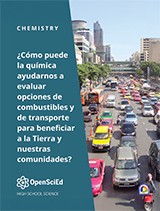Search Listing Name
product:
The American Dream Student Guide
The American Dream explores how humans’ quest for peace, prosperity, and progress leads them towards a sometimes elusive goal. Through classroom activities and the study of rich, challenging literature, students will learn that pursuit of the “American Dream” can cause joy and despair as well as other emotional and physical reactions in humans. Using current and historic documents, literature, art, photography, and music, students will be provided with avenues to compare and contrast their own ideas ab
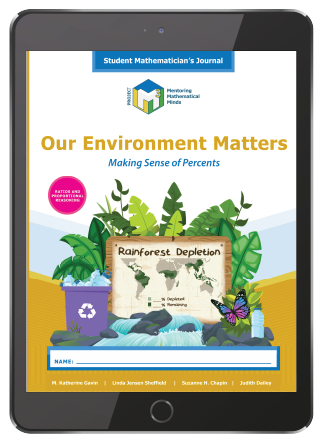
product:
Project M3: Level 5-6: Our Environment Matters: Making Sense of Percents Student Mathematician's Journal 1 Year License
The Student Mathematician’s Journal allows students to explore simulated or real-life problems and help them to think, write, and read like mathematicians. It encourages students to reflect on what they have learned in each lesson, think deeply about mathematics, and communicate in writing on worksheets.
In this unit, students explore percents in depth. They begin with understanding percents as a part/whole ratio, comparing a given part to 100, which represents the original whole. In this way, the study of percent is linked to the study of proportionality

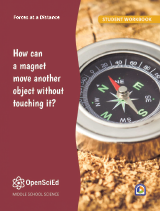
product:
OpenSciEd Unit 8.3: Forces at a Distance Student Workbook
OpenSciEd Middle School science program addresses all middle school NGSS standards. This comprehensive science curriculum empowers students to question, design, investigate, and solve the world around them.
- Phenomenon Based - Centered around exploring phenomena or solving problems
- Driven by Student Questions - Storyline based on students’ questions and ideas
- Grounded in Evidence - Incremental building and revision of ideas based on evidence
- Collaborative - class and teacher figure

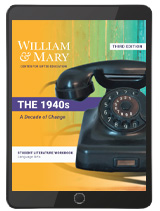
product:
The 1940's: A Decade of Change Student Literature Workbook 1 Year License
The 1940s were a time of discovery and tumult, of weakness and courage, a time when human nature’s very best and worst tendencies came to light. Millions lost their lives, and millions more experienced great changes as a result of global events. If you could speak with someone who lived during this time, what would you ask?
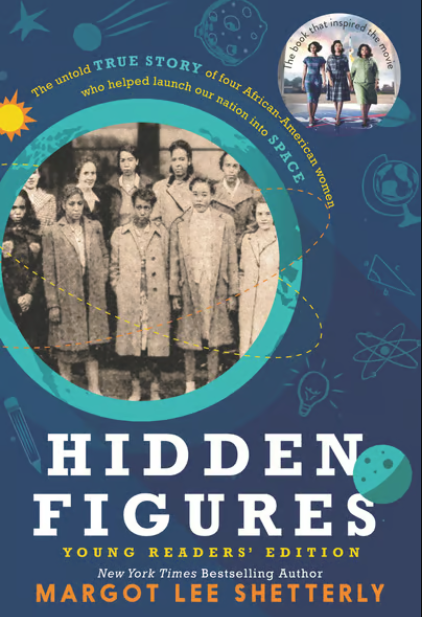
product:
Hidden Figures: Young Readers Edition Tradebook
Now in a special new edition perfect for young readers, this is the amazing true story of four African-American female mathematicians at NASA who helped achieve some of the greatest moments in our space program. Soon to be a major motion picture. Before John Glenn orbited the earth or Neil Armstrong walked on the moon, a group of dedicated female mathematicians known as "human computers" used pencils, slide rules, and adding machines to calculate the numbers that would launch rockets, and astronauts, into space

